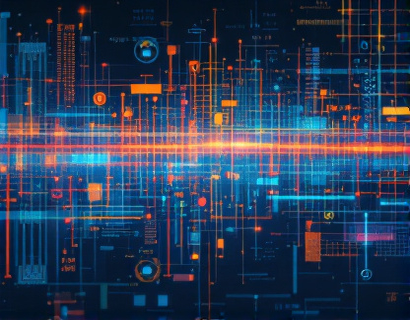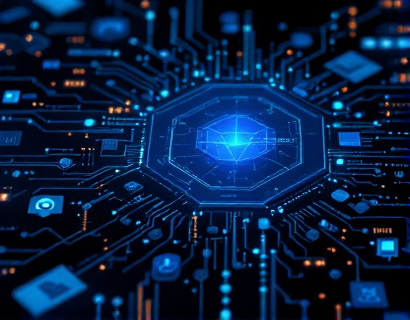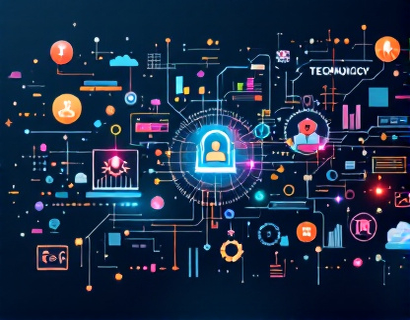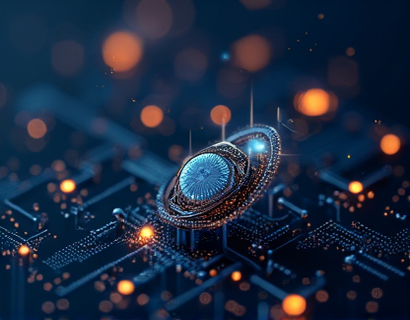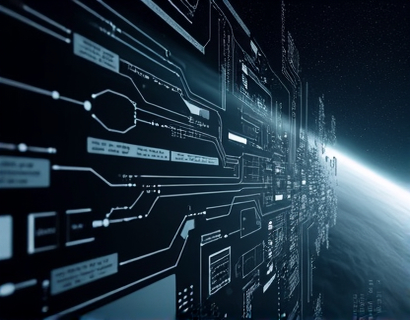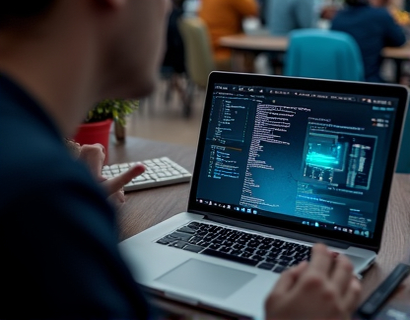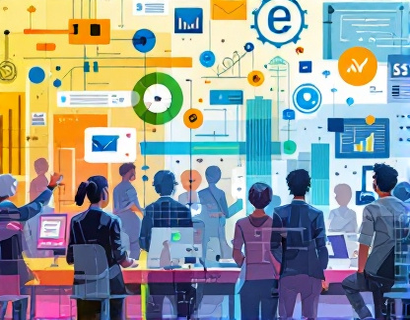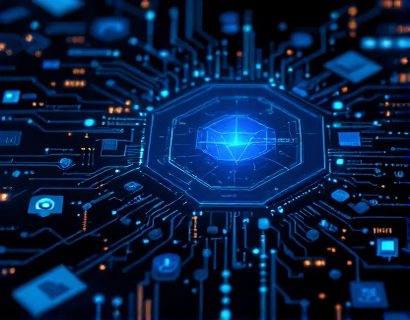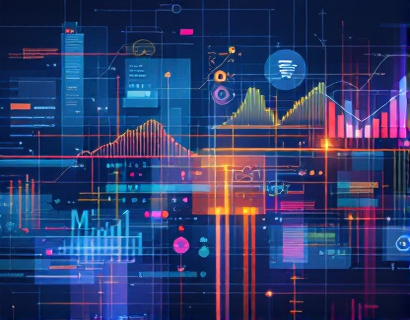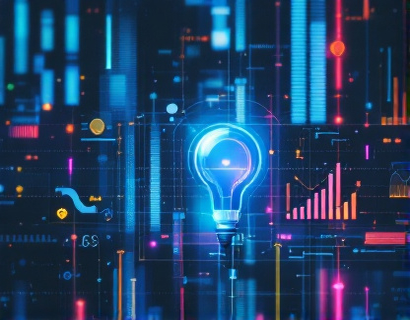Decentralized Productivity: Harnessing AI and Crypto for Next-Gen Business Efficiency and Innovation
The intersection of artificial intelligence and cryptocurrency is giving rise to a new paradigm in business efficiency and innovation. This emerging field, often referred to as decentralized productivity, leverages the strengths of both technologies to create advanced tools that redefine how we collaborate and manage tasks. This article delves into the synergy between AI and crypto, exploring how these technologies are being harnessed to build decentralized platforms that enhance productivity and foster innovation.
Decentralized productivity tools are designed to operate on blockchain networks, ensuring transparency, security, and autonomy. By integrating AI, these tools become smarter, more efficient, and capable of automating complex tasks. The result is a powerful combination that not only streamlines business operations but also opens up new possibilities for digital collaboration and creativity.
Understanding Decentralized Productivity
Decentralized productivity refers to the use of decentralized technologies, primarily blockchain, to create tools and platforms that operate without a central authority. This approach eliminates the need for intermediaries, reducing costs and increasing trust among participants. When AI is integrated into these decentralized systems, the potential for innovation and efficiency grows exponentially.
Traditional productivity tools often rely on centralized servers, which can be vulnerable to security breaches and single points of failure. Decentralized tools, on the other hand, distribute data and processing across a network of nodes, making them more resilient and secure. This decentralization is particularly important in an era where data privacy and security are paramount.
AI in Decentralized Systems
AI plays a crucial role in enhancing the capabilities of decentralized productivity tools. Machine learning algorithms can analyze vast amounts of data to identify patterns, predict trends, and automate decision-making processes. In a decentralized context, these algorithms can operate independently on multiple nodes, ensuring that insights and actions are distributed and not controlled by a single entity.
One of the key benefits of AI in decentralized systems is its ability to improve user experiences through personalized interactions. AI can tailor recommendations, automate routine tasks, and provide real-time feedback, all while maintaining the decentralized nature of the platform. This synergy ensures that users benefit from intelligent, responsive tools without compromising on privacy or control.
Case Studies: Decentralized Productivity Tools
Several innovative projects are already demonstrating the power of combining AI and decentralization. One notable example is a decentralized task management platform that uses AI to optimize workflows and assign tasks based on user availability and expertise. This platform operates on a blockchain, ensuring that all tasks and progress updates are transparent and immutable.
Another example is a decentralized content creation and monetization platform that leverages AI to curate and recommend content to users based on their preferences and engagement history. Creators can publish and monetize their work directly on the platform, with AI handling the distribution and revenue sharing processes in a fair and transparent manner.
Benefits of Decentralized Productivity
The integration of AI and decentralization offers numerous benefits for businesses and individuals alike. One of the most significant advantages is enhanced security. Decentralized systems are inherently more secure due to their distributed nature, making them less susceptible to hacking and data breaches. This is particularly important for sensitive business data and financial transactions.
Another benefit is increased transparency. Blockchain technology ensures that all transactions and interactions are recorded on a public ledger, providing a clear and tamper-proof history. This level of transparency builds trust among users and reduces the risk of fraudulent activities.
Decentralized productivity tools also promote greater autonomy and control for users. Without a central authority, users are not beholden to the rules and policies of a single company. This freedom allows for more flexible and adaptable work environments, fostering innovation and creativity.
Challenges and Considerations
While the potential of decentralized productivity tools is vast, there are several challenges and considerations that need to be addressed. One of the primary challenges is scalability. Blockchain networks, especially those using proof-of-work consensus mechanisms, can struggle with high transaction volumes and slow processing times. However, advancements in blockchain technology, such as layer 2 solutions and proof-of-stake mechanisms, are helping to mitigate these issues.
Interoperability is another critical factor. For decentralized tools to be widely adopted, they need to work seamlessly with existing systems and platforms. Standardization and collaboration among developers are essential to ensure that different decentralized tools can communicate and integrate effectively.
User education is also crucial. Many individuals and businesses are still unfamiliar with blockchain and AI technologies. Providing accessible resources and training can help overcome this barrier and accelerate adoption.
Future Trends in Decentralized Productivity
The future of decentralized productivity is promising, with several trends shaping the landscape. One trend is the rise of decentralized finance (DeFi) integrated with productivity tools, enabling seamless financial transactions and access to decentralized financial services. This integration can revolutionize how businesses manage their finances and operations.
Another trend is the development of more user-friendly interfaces for decentralized applications (dApps). As the technology matures, we can expect to see more intuitive and accessible tools that lower the barrier to entry for non-technical users. This will broaden the adoption of decentralized productivity solutions across various industries.
Furthermore, the convergence of AI, blockchain, and the Internet of Things (IoT) is opening new avenues for smart automation and decision-making. Decentralized platforms can leverage IoT devices to collect and process data in real-time, enabling more dynamic and responsive productivity tools.
Conclusion
The merging of AI and decentralization is paving the way for a new era of business efficiency and innovation. Decentralized productivity tools powered by AI offer enhanced security, transparency, and autonomy, addressing some of the most pressing challenges in today's digital landscape. As these technologies continue to evolve, we can expect to see more sophisticated and user-friendly solutions that transform the way we work and collaborate.
For tech innovators and early adopters, the opportunities are vast. Embracing decentralized productivity tools can provide a competitive edge, foster new business models, and drive meaningful change. The future is decentralized, and the integration of AI will be a key driver of this transformation.



